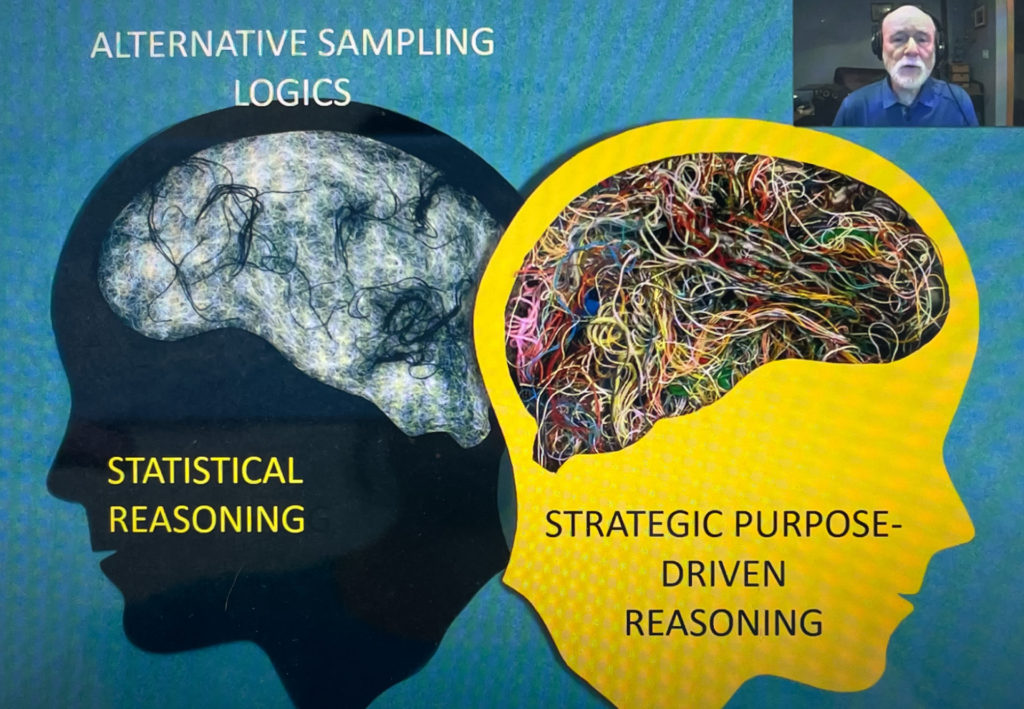Choosing the right sampling strategy is at the heart of every successful evaluation. In his recent YouTube video, Purposeful Sampling: 12 Distinctly Useful and Illuminative Strategies, evaluator Michael Quinn Patton discusses various ways of using purposeful sampling to answer an evaluation’s core questions.
Purposeful sampling, Patton explains, is based upon a different kind of reasoning than statistical sampling. Statistical sampling uses strict rules to create a sample that proportionally reflects a larger population. Purposeful sampling, on the other hand, “involves clearly identifying a question that you want to answer, and picking an information-rich sample that will answer that question.”

Patton’s video lays out 12 different purposeful sampling strategies, including:
· Outlier sampling: Using extremely high-performing or low-performing “outliers” to evaluate success or failure.
· Typical case sampling: Studying “typical” cases (the opposite of outliers) to learn about the experiences and insights of different kinds of people.
· Snowball sampling/emergent case sampling: Building a sample throughout an evaluation by seeking referrals and recommendations from the initial sample group.
In the video, Patton also includes illuminating, real-world examples for each of the 12 purposeful sampling strategies he presents.
This video and the other videos on Patton’s YouTube channel are a fantastic resource for evaluators seeking new and innovative evaluation strategies.